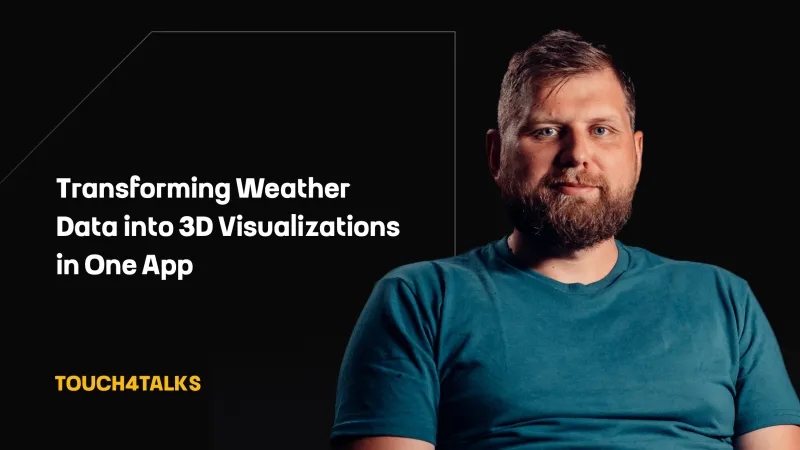Touch4Talks: Inside Our Design Team's Workflow

Discover our Design team's powerful stack, essential tips for becoming a top designer, and a glimpse into our dynamic, diverse projects and client collaboration approach. Read the full interview with Milan Uherčík, UX/UI Lead Designer at Touch4IT.
What stack does our design team work with?
It used to be Sketch, Adobe XD in combination with Invision and Marvel. Nowadays, it's primarily Figma. Figma offers collaboration, and commenting, is multi-platform, provides a good developer handoff, advanced prototyping, and the ability to create scalable design systems.
How to become a good designer?
First and foremost, it's about paying introspective attention to user interfaces. Notice navigation methods, information architecture, metaphors, and UX patterns. Be critical, put yourself in the user's shoes, and learn to argue, not just with others but also with yourself – why did you do something a certain way? Once you can argue with yourself, you can argue for the client. Testing, trying new things, teamwork, and having at least basic knowledge of CSS from development are all essential. This knowledge helps understand what's feasible and aids in building design systems.
Introduce our team:
Currently, our team consists of 5 designers with diverse backgrounds, ranging from corporations to startups. Regarding the hierarchy, we function with a horizontal, flat structure, meaning each designer manages their own projects. We work on various applications for iOS and Android, CRM systems, and e-commerce solutions, in industries from healthcare to financial apps and even space programs. We also delve into AR, VR, or XR and various innovations, alongside working on our own products.
How much freedom do designers have in our team?
Understanding the context is crucial for every designer. That's why we aim to establish direct contact with the client right from the beginning, gathering important information about the future users, their situations, motivations, and the problem we're trying to solve. We also consider KPIs and other limitations such as budget, deadlines, and potential risk factors.
What does your workflow and client collaboration look like?
We typically start with a product definition summary, which includes analysis and a product blueprint. This begins with user flows, information architecture, use case documentation, and documentation. Then we move on to synthesis, which includes lo-fi designs, prototypes, and adding a high-fidelity version with edge cases and handover for developers.



